Latest News
Kitchen Chat and more…
Kitchen Chat and more…

The world of whisky is varied and often contentious. Good whiskies may be everywhere, but the affordability of said whisky may be questionable. With the price of whisky trending upwards around the world, the way we serve and drink it becomes a controversial part of how we enjoy the precious liquid.
Whisky lovers would agree that there isn’t a correct way of drinking whisky, but there are specific preferred ways of drinking it. We highlight five different styles of drinking whisky below.
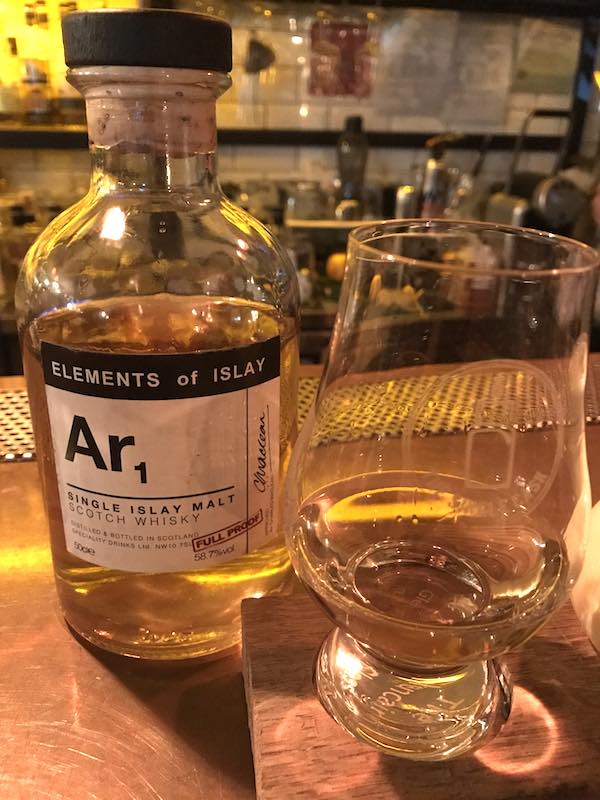
Drinking whisky neat (just as it is) is a conventional method favoured by many whisky lovers. Taking the liquid as it is and not adding anything helps to retain the flavour of the whisky. The drinker experiences the purest form of the whisky, just as how the whisky maker has tasted it. The excitement comes through when the drinker interacts with the whisky to find the different aromas and flavours over time and oxidation, all without the influence of external substances.
Some people enjoy whisky with a little water. There is a whole argument behind the adding of water to whisky. Some people said that water dilutes the alcohol influence in the whisky and opens up the flavours and aromas of the whisky. It allows for a better appreciation for some whisky lovers. The opposite camp argues that drinking a whisky neat is the way to go because one should taste whisky straight from the bottle. There is no right or wrong answer to this – it is merely a matter of preferences.
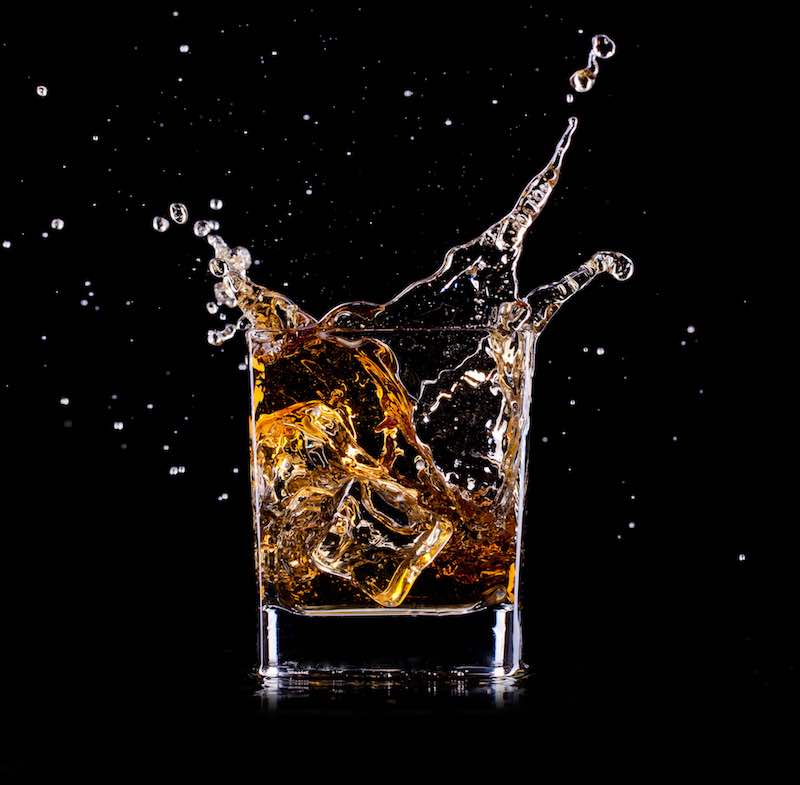
Adding ice is yet another conventional way of drinking whisky – with ice. It can be an iceball or some ice cubes. The idea is to dilute the alcohol level in the whisky as well as to chill the drink. While some whisky drinkers swear by this way of drinking, others feel that the ice spoils the taste and flavours of the whisky.
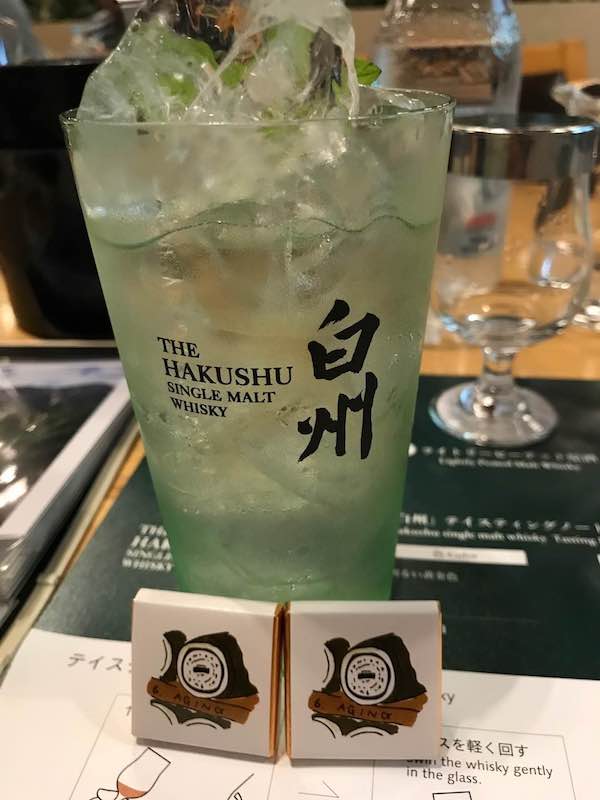
A highball is a favourite way of drinking whisky among Japanese and some ladies around the world. It is simple to make – just add lots of ice and carbonated water to whisky, stir it with a long spoon, and you have a highball! The highball lengthens the drink and also dilute the alcohol content to make it palatable for drinkers who dislike the bite of higher abv.
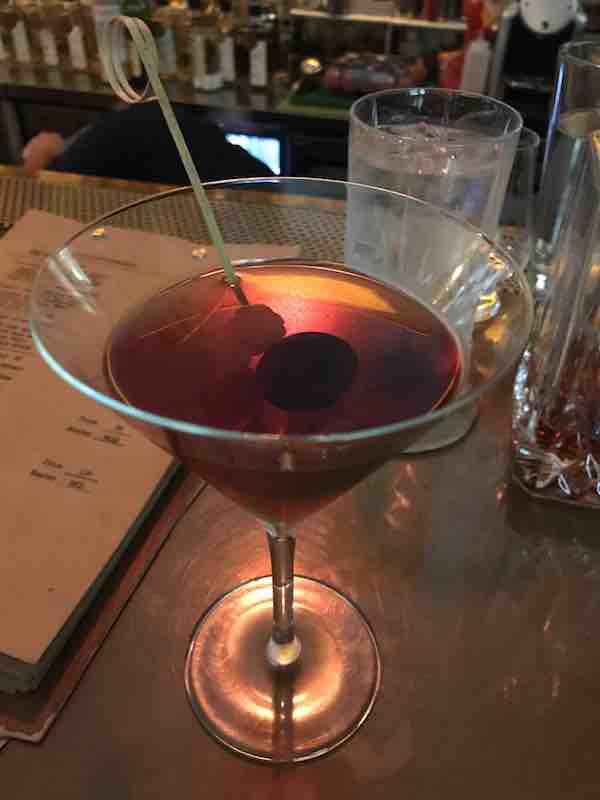
A cocktail is meant to be light and suitable for people who can’t drink very well. However, a whisky cocktail can be potent, and those who do not take very well to alcohol should be careful before ordering one of these. A whisky cocktail is full of surprises because it can vary from smokey to overtly sweet, depending on the whisky base used. A cocktail made from an Islay whisky is smokey and savoury while a cocktail made from American bourbon tends to be a tad too sweet. Nonetheless, every whisky cocktail has its uniqueness.
There are other different methods to drink whisky. One can add cola or green tea to their whiskies, or one can drink it with whisky stones. Whisky stones are made from steel or granite and work to chill the whisky without diluting the taste.
Everyone has their preference, and nobody is right or wrong. Some whisky drinkers may cringe when they see others adding cola or green tea to their whiskies, but nobody should dictate how another drinks his or her whisky. It is entirely up to the drinker.
Therefore, if you are a beginner and did not like the bite of the high abv too much, remember that you can enjoy your whisky in other forms besides having it neat. A whisky highball may be the best drink for you, if only you try it!
Enjoy your drink! No one will judge you.
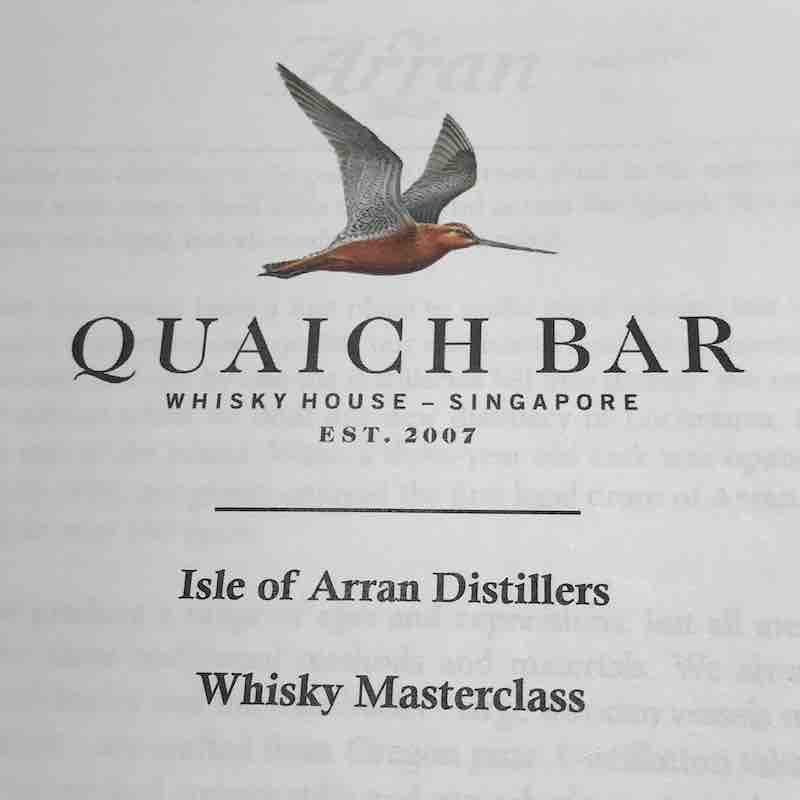
Quaich Bar invited us to their cosy Waterfront Plaza flagship store for an Isle of Arran Distillers Whisky Masterclass last Thursday to meet managing director, Mr Euan Mitchell, of Arran distillery. A couple of other bar owners and whisky experts also attended the event.
The subject of the event is the range of exceptional Arran whiskies which Euan wanted to showcase, as well as for Euan to share more about the distillery with us. WhiskyGeeks is honoured to take the front seat this time, and we got the chance to get up close and personal with Euan.
Quaich bar’s owners, Khoon Hui and Joyce, kicked off the event with some tasty chocolate milk. Oh, wait, milk? Well, it wasn’t technically chocolate milk, but it was cream liqueur mixed with Arran Malt. If you guess that it was the Arran Gold, you got it! Here’s a little picture of this beautiful baby.
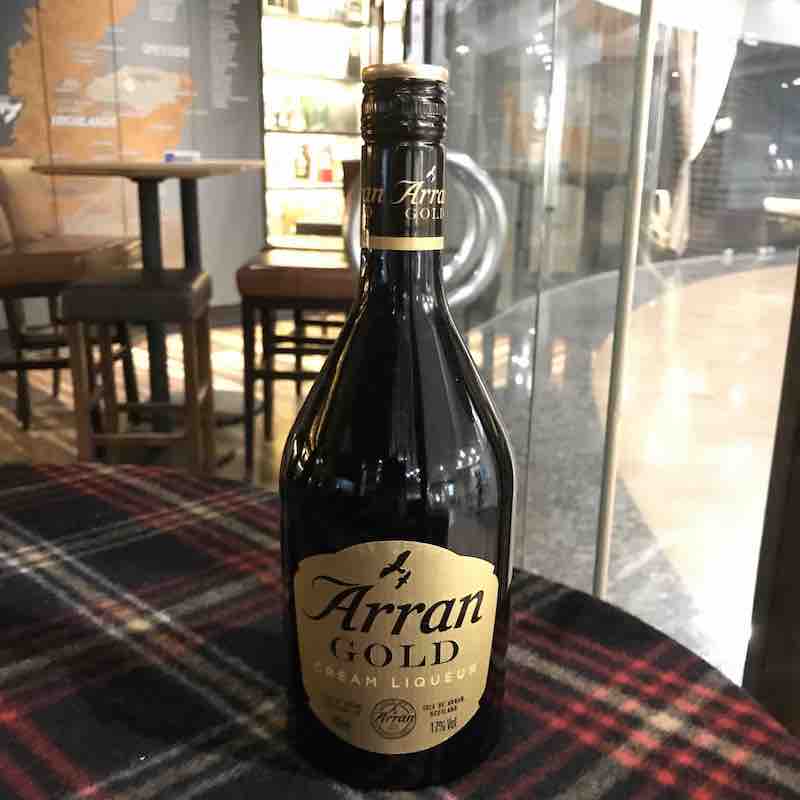
When Euan arrived on the scene, all of us were ready to take on more yummy stuff that he wanted to introduce.
The event started officially with an introduction to the distillery, the production process and of course, a little history about them. As the only distillery on the Isle of Arran, the privately-owned distillery has a lot of room to grow.
Euan Mitchell is the managing director of Isle of Arran Distillers. Their Master Distiller, James MacTaggart, recently celebrated his ten anniversary with the company. As an independent company, there are no red tapes around any decisions made, and things typically progress pretty quickly around the distillery.
After the short introduction, Euan and Khoon Hui produced the liquid that we were all eagerly waiting for.
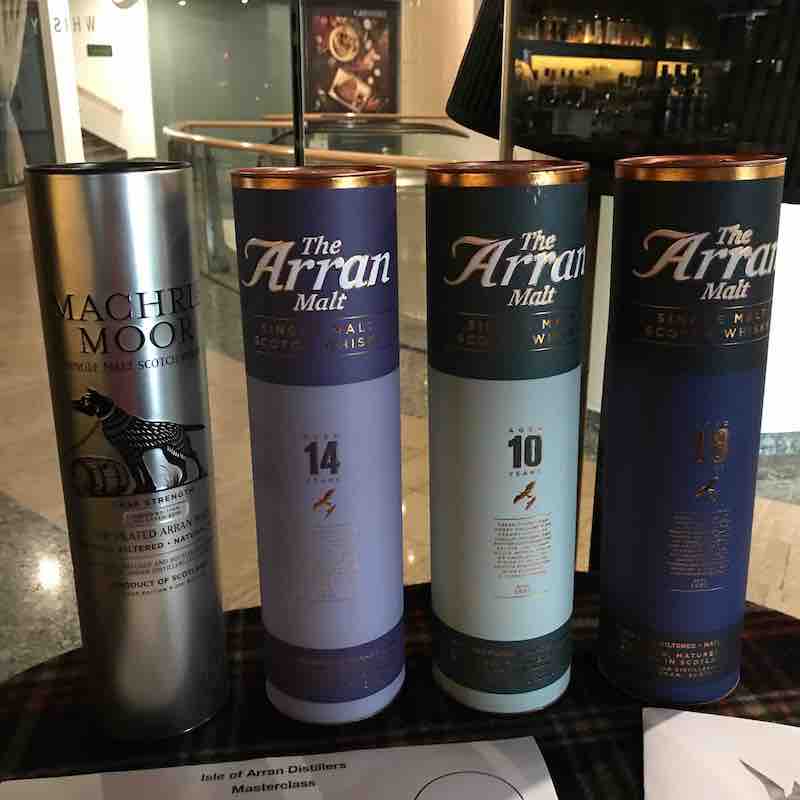
We tasted six different whiskies that afternoon beside the Arran Gold cream liqueur. The whiskies were the 10-year-old, 14-year-old, 18-year-old, Machrie Moor Cask Strength, Amarone Cask Finish and the Sauternes Cask Finish. The 10, 14 and 18-year-old are part of their core range, while the rest are limited releases from the distillery.
Every bottle is exquisite in their way, and each offers something to the whisky drinker. The 10-year-old is perfect for the beginner; someone who wants to try. The 14-year-old has a little more to offer and is an ideal dram for a beginner who wants to upgrade. The 18-years-old is more complex and likely favoured by the more seasoned drinkers.
As for the limited releases, the Amarone and Sauternes Cask Finish are part of Arran’s Cask Finishes series. There is a third bottle with a port cask finish, but we did not try that one. The Machrie Moor is perhaps the unique whisky out of the lot. It is the only peated whisky in the Arran range, and Arran releases one batch each year. The peat is controlled at 20 ppm (parts per million), making the whisky gently peated. The added flavour enhances the sweet citrusy spice that is Arran and makes the whisky fantastic. The highly abv also heightens the aroma and characteristics of the whisky.
Euan patiently explained each whisky and their ideas behind each bottle. He also answered many questions, including one involving new releases! According to Euan, the world has something fresh to look out for in 2018 – Arran 21-year-old! Besides that, there is a chance that Arran may consider a single cask bottling, especially for Quaich Bar Singapore!
Euan also shared that Arran has a more significant market in Taiwan and Japan and has some new single cask releases there. As the WhiskyGeeks team is heading to Taiwan soon for Whisky Fair Takao, we are going to search for some of those single cask releases! If there is a chance for us to try them, we will share our results, promise!
As the event draws to a close, we ask Euan for a photograph together, and he happily agreed to it.

We hope that Euan will be back to our sunny island soon and we look forward to meeting him again!
The Isle of Arran Distillery sits in the foothills of the village of Lochranza on the north-west tip of the Isle of Arran. The owner of the distillery chose this location because of its vicinity to Loch na Davie. Loch na Davie holds the purest water in all of Scotland because granite and peat cleansed and softened the water in its slow meandering down from the mountaintops.
The Isle of Arran used to house about fifty distilleries on the island. However, most of them were illegal, and smuggling activities went on for a period. Similar to Campbeltown, the proximity to water made producing and selling moonshine easy. However, as time passed, these illegal distilleries either obtained licenses to operate officially or close down. The last legal distillery on the Isle of Arran, called Lagg, was closed in 1837.
Harold Currie, a former director of Chivas, founded Arran Distillers in 1994 with the intention of building a distillery on Arran. Construction started in 1994 but halted after a pair of endangered golden eagles built their nests on a cliff near the distillery. As a result of the interruption, the distillery opened only in 1995. Arran distillery also took on the silhouette of two golden eagles as part of their logo.
The first spirit ran from the stills at the Arran distillery on 29th June 1995 at precisely 14.29 hours. It is the moment of glory for the Isle of Arran as it is the first legal distillation after more than 150 years of non-activity. The distillery was forced to store some casks in the warehouse of Springbank distillery due to their small capacity. However, in a recent revolutionary upgrade, the Arran distillery is now capable of storing and maintaining its production efficiency.
An interesting note about the founder, Harold Currie, is the fact that he was 70 years old when he decided to build Arran. He lived to a ripe, old age of 91 years old and left the distillery in capable hands when he passed on.
Arran distillery continues to use the traditional methods of producing whisky. The only drawback for the distillery is its lack of space for a traditional malting floor. Nonetheless, they buy their barley from the best source in Scotland to ensure high quality.
Arran distillery used barley and water from Loch na Davie to make their whisky. First, the barley and water are mixed in a mash tun to make wort, which then goes into wooden washbacks. The workers then add yeast to the wort for fermentation. To ensure a fruity new make, fermentation at Arran runs between 52 hours to 72 hours. The result is a liquid called “wash”, which is what we know as beer.
The workers double distilled the wash in copper pot stills and the final new make is a liquid that is about 68% alcohol strength. The distillation team placed this colourless liquid into oak casks that previously held sherry or bourbon. The wood gives the colour and character of the whisky, so the choice of the cask is one of the crucial influence for the final product.
Most of the Arran whiskies are bottled at either 46% abv or cask strength, so the flavours and aromas are retained for enjoyment. There are some of them which are bottled at 40% and 43% abv.

Some bottles from the range of Arran’s exceptional whiskies
Arran has an impressive range of whiskies despite its young age as a distillery. All of the single malt whiskies at Arran are non-peated except for one. While most of their single malts are non-age statements, they do have age statement whiskies in their core range. We highlight some of them below:
This is a non-age statement whisky bottled at 43% abv. It was released to celebrate the location of the distillery and named after the village. It is made up of 7 to 8-year-old whiskies mostly matured in bourbon oak casks.
The Arran 10-year-old single malt is their flagship single malt. It is the backbone of Arran distillery, and one of the most enjoyed Arran whiskies in the world.
The Arran 14-year-old single malt is one which is exceedingly popular among whisky drinkers. Slightly more complex than the 10-year-old, it is the go-to Arran whisky if you are looking for more complexity and richer flavours.
The Arran 18-year-old single malt is the premium league of the Arran range of whiskies. The complexity is heightened at 18 years old, and the whisky displays rich and matured notes of Arran’s signature – orchard fruits and vanilla.
Arran Machrie Moor and its cask strength version are released yearly since 2010 in small batches. Every batch is slightly different, but the core flavours are mostly the same. The difference is more prominent in the cask strength version as the abv usually differs from the previous year batch.
In addition to the above, Arran also experimented with wine cask finishes. Currently, they have three different wine cask finished whiskies labelled as cask finishes.
The Arran Port Cask Finish is the first experiment of wine cask finish. Using barrels from Portugal, the port wine cask give a sweeter finish to the typical Arran Malt.
The Arran Sauternes Cask Finish is a sweeter version of the Port Cask Finish due to the influence of the delicious white wine that is Sauternes. The whisky is highly complex with notes of the white Sauternes shining through.
The Arran Amarone Cask Finish is a marriage of the Arran malt with the cask of Amarone wine from the north-east of Italy. The Amarone cask imparts a bright reddish tinge to the whisky and gives higher complexity to the drink.
There are other Arran whiskies such as the Smugglers Series, The Bothy Quarter Cask, the Robert Burns Single Malt and the latest release of the Arran Malt Distiller’s Edition. The newest release celebrates the 10th anniversary of Arran’s master distiller, James MacTaggart working with Arran Distillery.
Arran distillery has much to offer to the world of whisky, and we look forward to more exceptional whiskies from them. There is new of a 21-year-old Scotch coming in 2018 so do stay tuned for more! Arran is also building a second distillery in the southern tip of the Isle of Arran, in the village of Lagg. The new distillery will take over the making of the peated Machrie Moor series. Estimated to complete only in 2019, the future of Arran is looking brighter with each passing moment.
11311 Harry Hines Blvd
Dallas, TX, United States
(555) 389 976
dallas@enfold-restaurant.com
